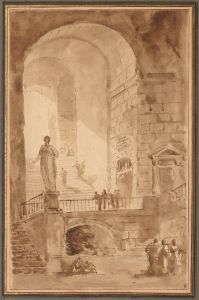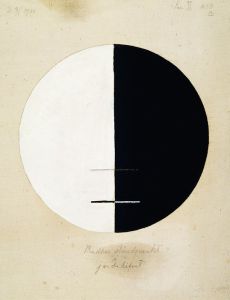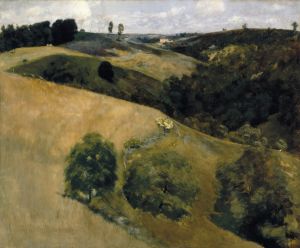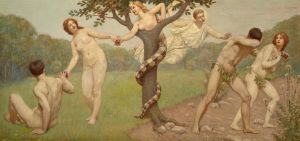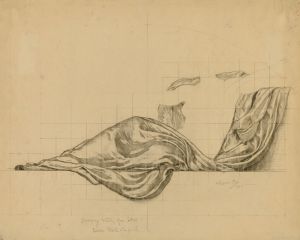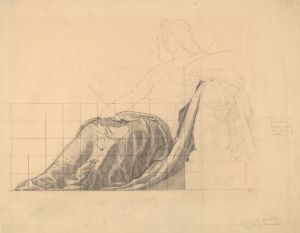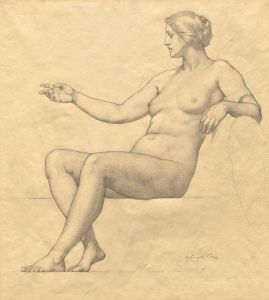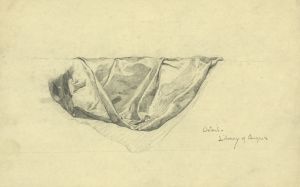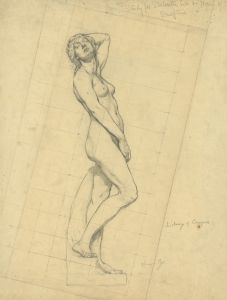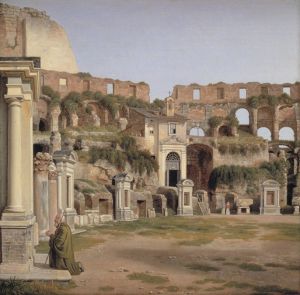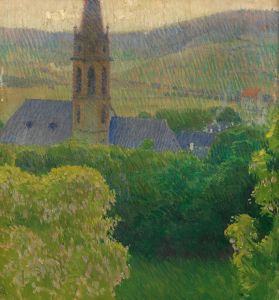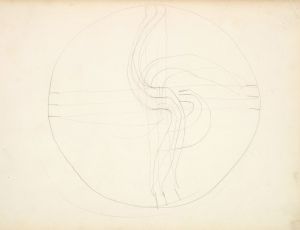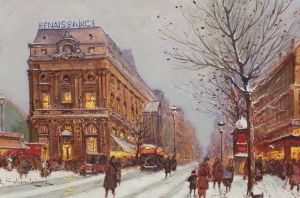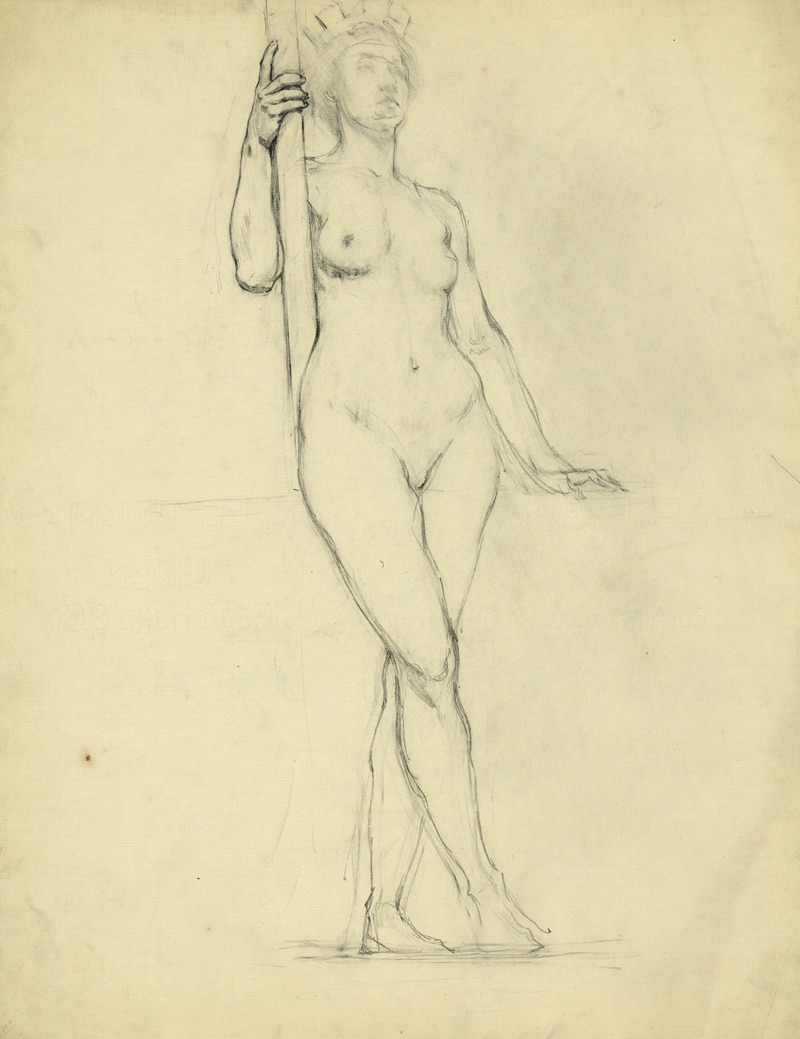
Architecture
A hand-painted replica of Kenyon Cox’s masterpiece Architecture, meticulously crafted by professional artists to capture the true essence of the original. Each piece is created with museum-quality canvas and rare mineral pigments, carefully painted by experienced artists with delicate brushstrokes and rich, layered colors to perfectly recreate the texture of the original artwork. Unlike machine-printed reproductions, this hand-painted version brings the painting to life, infused with the artist’s emotions and skill in every stroke. Whether for personal collection or home decoration, it instantly elevates the artistic atmosphere of any space.
Kenyon Cox was an American painter, illustrator, muralist, and writer, active in the late 19th and early 20th centuries. He was known for his classical style and his contributions to the American Renaissance movement, which sought to revive classical art and architecture in the United States. One of his notable works is the painting "Architecture," which exemplifies his dedication to classical themes and techniques.
"Architecture" by Kenyon Cox was created as part of a series of allegorical paintings. Cox often depicted personifications of various arts and sciences, drawing inspiration from classical antiquity. His works were characterized by their idealized figures, harmonious compositions, and a clear, precise style that reflected his academic training and admiration for the Old Masters.
The painting "Architecture" is an allegorical representation, likely featuring a female figure symbolizing the discipline of architecture. This approach was common in Cox's work, as he frequently used the human form to embody abstract concepts. The figure in "Architecture" would typically be depicted with attributes or symbols associated with the field, such as architectural tools, plans, or elements of classical architecture like columns or pediments. These symbols were intended to convey the essence and importance of architecture as a foundational art form.
Cox's work was heavily influenced by his education and experiences. He studied at the Pennsylvania Academy of the Fine Arts and later at the École des Beaux-Arts in Paris, where he was exposed to the rigorous academic training that emphasized drawing, anatomy, and the study of classical art. This background is evident in the meticulous detail and balanced composition of "Architecture."
In addition to his paintings, Cox was a prolific writer and critic, contributing to the discourse on art and its role in society. He believed in the moral and educational power of art, advocating for a return to classical principles and techniques. His works, including "Architecture," reflect this philosophy, aiming to elevate the viewer's understanding and appreciation of the arts.
Kenyon Cox's contributions to American art extended beyond his paintings. He was also involved in mural projects, notably in public buildings such as the Library of Congress in Washington, D.C. His murals often featured allegorical themes similar to those in his easel paintings, reinforcing his commitment to classical ideals.
"Architecture" by Kenyon Cox is a testament to his skill as an artist and his dedication to the principles of the American Renaissance. While specific details about the painting's current location or provenance may not be widely documented, its significance lies in its representation of Cox's artistic vision and his influence on American art during his lifetime. Through works like "Architecture," Cox left a lasting legacy that continues to be studied and appreciated by art historians and enthusiasts.





